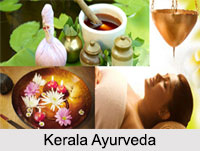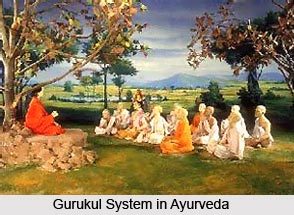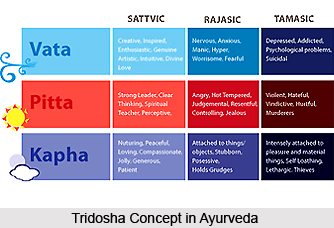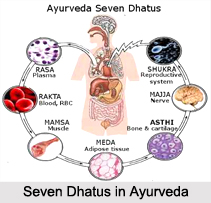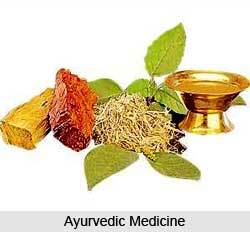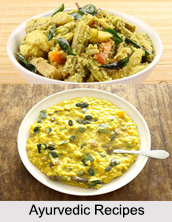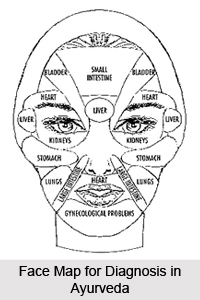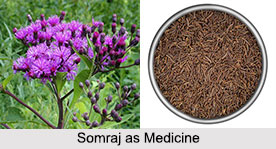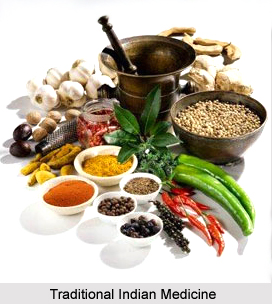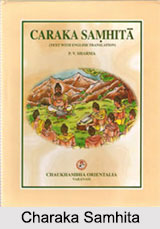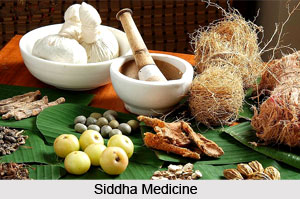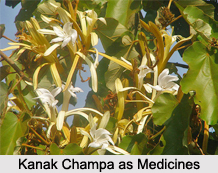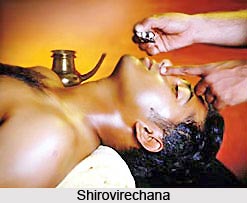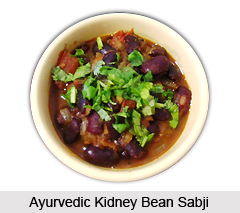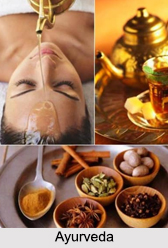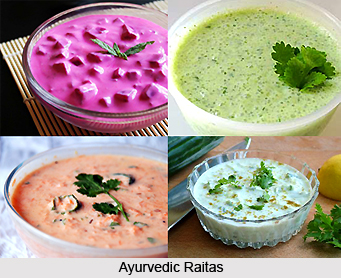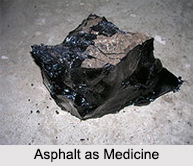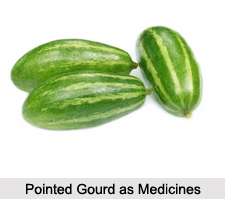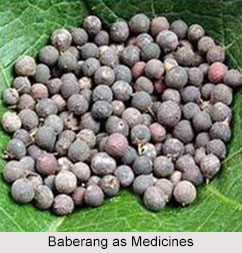 Sushruta describes the seeds of Baberang or Embelia Ribes as anthelmintic, alterative and tonic and recommends their use along with liquorice root for the purpose of strengthening the body and preventing the effects of age. Later, writers regard baberang as carminative stomachic, anthelmintic and useful in intestinal worms, dyspepsia and skin diseases.
Sushruta describes the seeds of Baberang or Embelia Ribes as anthelmintic, alterative and tonic and recommends their use along with liquorice root for the purpose of strengthening the body and preventing the effects of age. Later, writers regard baberang as carminative stomachic, anthelmintic and useful in intestinal worms, dyspepsia and skin diseases.
Dose of Baberang in Medicine
For expelling intestinal worms, the powder of the seeds is given in drachm doses with honey or with an infusion of the seeds. A compound powder and a ghrita are also prepared by the addition of various other drugs.
Baberang enters into the composition of several applications for ringworm and other skin diseases. The following is an example; take baberang, rock salt, chebulic myrobalan, bakuchi, mustard, turmeric and the seeds of Pongamia glabra (Karanja), equal parts and make them into a thin paste with cow"s urine
This article is a stub. You can enrich by adding more information to it. Send your Write Up to content@indianetzone.com
Related Articles
Ayurveda
Origin of Ayurveda
Ayurveda Medication
Elements of Ayurveda
Concepts of Ayurveda
Ancient Literature of Ayurveda
Classification of Medicine
Use of Vegetables or Plants as Medicines
